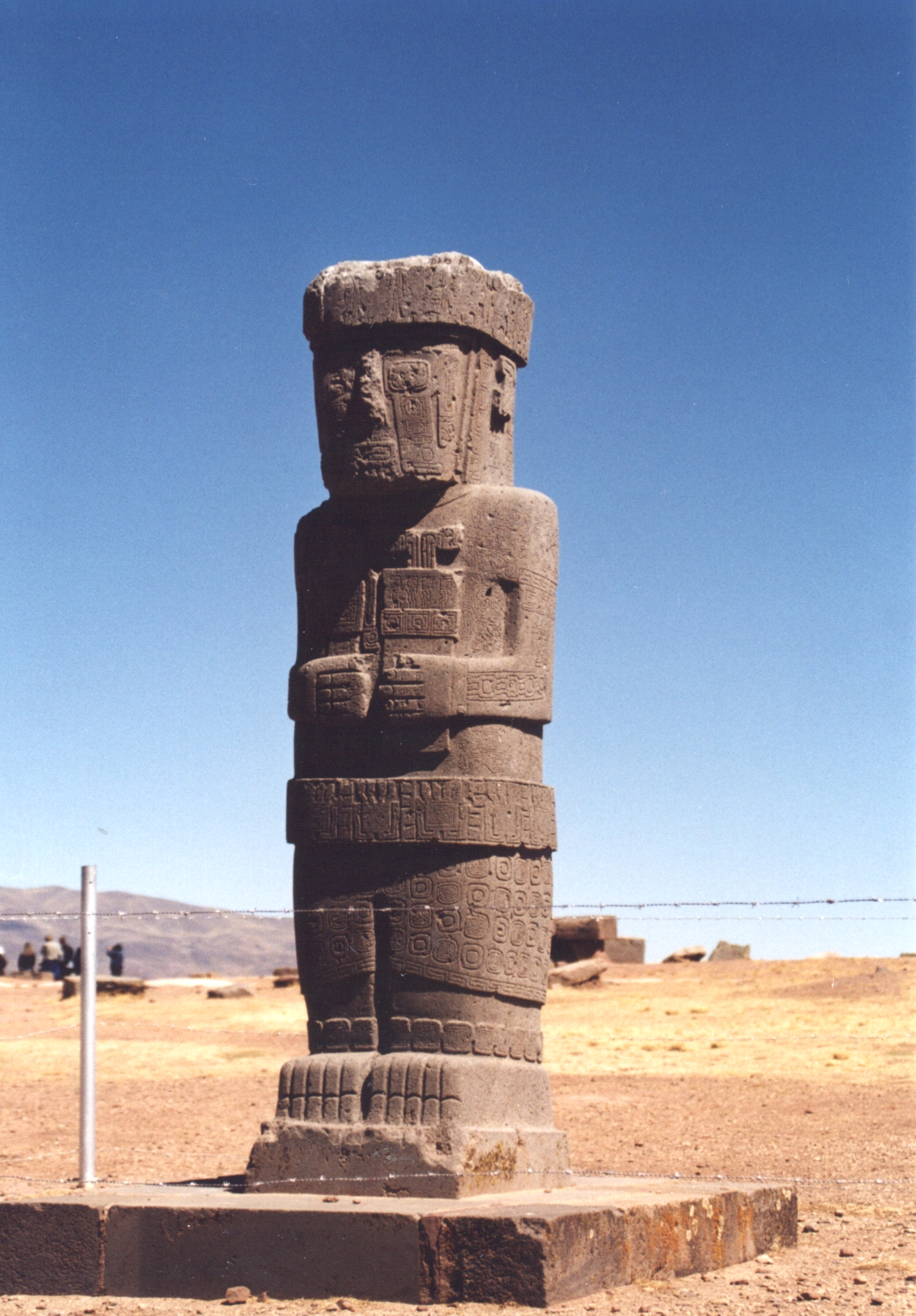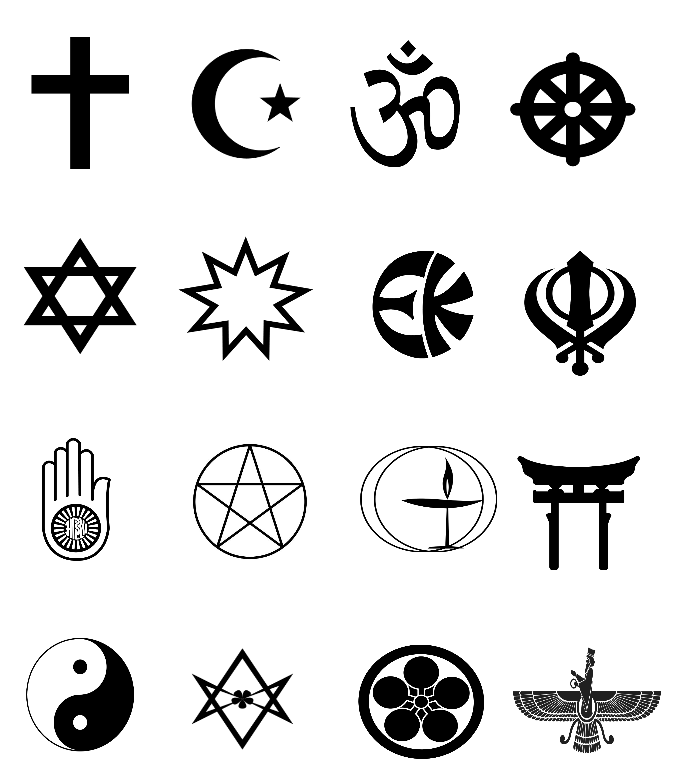|
Aclla
Aclla ( Quechua: ''aklla''), also called Chosen Women, Virgins of the Sun, and Wives of the Inca, were sequestered women in the Inca Empire. They were virgins, chosen at about age 10. They performed several services. They were given in marriage to men who had distinguished themselves in service to the empire; they produced luxury items, weaving fine cloth, preparing ritual food, and brewing the chicha (beer) drunk at religious festivals; and some, the most "perfect," were selected as human sacrifices for religious rites. Others lived out their lives in a monastic environment. Selection and training The Inca Empire (1438-1533) created, or adopted from earlier cultures, several institutions to manage the labor of the people in the territory it ruled. Among the institutions were the ''mit'a'', the '' yanakuna'', and the ''aclla''. Each year the Inca government sent out representatives, called ''apupanaca'', to collect girls eight to ten years old from the provinces as tribute f ... [...More Info...] [...Related Items...] OR: [Wikipedia] [Google] [Baidu] |
Pachacuti
Pachacuti Inca Yupanqui, also called Pachacútec (), was the ninth Sapa Inca of the Chiefdom of Cusco, which he transformed into the Inca Empire (). Most archaeologists now believe that the famous Inca site of Machu Picchu was built as an estate for Pachacuti.Rowe, John, 1990, "Machu Picchu a la luz de documentos de siglo XVI", ''Historia'' 16 (1), 139–154. In Quechua, the cosmogonical concept of '' pachakutiy'' means "the turn of the world" and ''yupanki'' could mean "honorable lord". During his reign, Cusco grew from a hamlet into an empire that could compete with, and eventually overtake, the Chimú empire on the northern coast. He began an era of conquest that, within three generations, expanded the Inca dominion from the valley of Cusco to a sizeable part of western South America. According to the Inca chronicler Garcilaso de la Vega, Pachacuti created the Inti Raymi to celebrate the new year in the Andes of the southern hemisphere. Pachacuti is often linked to th ... [...More Info...] [...Related Items...] OR: [Wikipedia] [Google] [Baidu] |
Inca Empire
The Inca Empire, officially known as the Realm of the Four Parts (, ), was the largest empire in pre-Columbian America. The administrative, political, and military center of the empire was in the city of Cusco. The History of the Incas, Inca civilisation rose from the Peruvian highlands sometime in the early 13th century. The Portuguese explorer Aleixo Garcia was the first European to reach the Inca Empire in 1524. Later, in 1532, the Spanish Empire, Spanish began the conquest of the Inca Empire, and by 1572 Neo-Inca State, the last Inca state was fully conquered. From 1438 to 1533, the Incas incorporated a large portion of western South America, centered on the Andes, Andean Mountains, using conquest and peaceful assimilation, among other methods. At its largest, the empire joined modern-day Peru with what are now western Ecuador, western and south-central Bolivia, northwest Argentina, the southwesternmost tip of Colombia and Incas in Central Chile, a large portion of modern- ... [...More Info...] [...Related Items...] OR: [Wikipedia] [Google] [Baidu] |
Gendered Occupations
Gender is the range of social, psychological, cultural, and behavioral aspects of being a man (or boy), woman (or girl), or third gender. Although gender often corresponds to sex, a transgender person may Gender identity, identify with a gender other than their sex assigned at birth. Most cultures use a gender binary, in which gender is divided into two categories, and people are considered part of one or the other;Kevin L. Nadal, ''The Sage Encyclopedia of Psychology and Gender'' (2017, ), p. 401: "Most cultures currently construct their societies based on the understanding of gender binary—the two gender categorizations (male and female). Such societies divide their population based on biological sex assigned to individuals at birth to begin the process of gender socialization." those who are outside these groups may fall under the umbrella term ''non-binary''. Some societies have ''third genders'' (and ''fourth genders'', etc.) such as the Hijra (South Asia), hijras of Sout ... [...More Info...] [...Related Items...] OR: [Wikipedia] [Google] [Baidu] |
Religious Occupations
Religion is a range of social- cultural systems, including designated behaviors and practices, morals, beliefs, worldviews, texts, sanctified places, prophecies, ethics, or organizations, that generally relate humanity to supernatural, transcendental, and spiritual elements—although there is no scholarly consensus over what precisely constitutes a religion. It is an essentially contested concept. Different religions may or may not contain various elements ranging from the divine, sacredness, faith,Tillich, P. (1957) ''Dynamics of faith''. Harper Perennial; (p. 1). and a supernatural being or beings. The origin of religious belief is an open question, with possible explanations including awareness of individual death, a sense of community, and dreams. Religions have sacred histories, narratives, and mythologies, preserved in oral traditions, sacred texts, symbols, and holy places, that may attempt to explain the origin of life, the universe, and other phenomena. Reli ... [...More Info...] [...Related Items...] OR: [Wikipedia] [Google] [Baidu] |
Forced Labour
Forced labour, or unfree labour, is any work relation, especially in modern or early modern history, in which people are employed against their will with the threat of destitution, detention, or violence, including death or other forms of extreme hardship to either themselves or members of their families. Unfree labour includes all forms of slavery, penal labour, and the corresponding institutions, such as debt slavery, serfdom, corvée and labour camps. Definition Many forms of unfree labour are also covered by the term forced labour, which is defined by the International Labour Organization (ILO) as all involuntary work or service exacted under the menace of a penalty.Andrees and Belser, "Forced labor: Coercion and exploitation in the private economy", 2009. Rienner and ILO. However, under the ILO Forced Labour Convention of 1930, the term forced or compulsory labour does not include: *"any work or service exacted in virtue of compulsory military service laws for w ... [...More Info...] [...Related Items...] OR: [Wikipedia] [Google] [Baidu] |
Vestal Virgin
In ancient Rome, the Vestal Virgins or Vestals (, singular ) were priestesses of Vesta, virgin goddess of Rome's sacred hearth and its flame. The Vestals were unlike any other public priesthood. They were chosen before puberty from several suitable candidates, freed from any legal ties and obligations to their birth family, and enrolled in Vesta's priestly college of six priestesses. They were supervised by a senior vestal but chosen and governed by Rome's leading male priest, the -- in the Imperial era, this meant the emperor. Vesta's acolytes vowed to serve her for at least thirty years, study and practise her rites in service of the Roman State, and maintain their chastity throughout. In addition to their obligations on behalf of Rome, Vestals had extraordinary rights and privileges, some of which were granted to no others, male or female. The Vestals took turns to supervise Vesta's sacred hearth so that at least one Vestal was stationed there at all times. Vestals who ... [...More Info...] [...Related Items...] OR: [Wikipedia] [Google] [Baidu] |
Curaca
A ''kuraka'' ( Quechua for the principal governor of a province or a communal authority in the Tawantinsuyu), or curaca (Hispanicized spelling), was an official of the Andean civilizations, unified by the Inca Empire in 1438, who held the role of magistrate, on several hierarchical levels, from the Sapa Inca at the head of the Empire to local family units. The ''kurakas'' were the heads of the ''ayllus'' (clan-like family units) and of federations of ayllus, called chiefdoms or ''curacazgos''. During the Inca Empire, the Sapa Inca governed with the help of the existing local hierarchies. They served as tax collector, and held religious authority, in that they mediated between the supernatural sphere and the mortal realm. They were responsible for making sure the spirit world blessed the mortal one with prosperity, and were held accountable should disaster strike, such as a drought. ''Kurakas'' enjoyed privileges such as being exempt from taxation, the right to polygamy and to rid ... [...More Info...] [...Related Items...] OR: [Wikipedia] [Google] [Baidu] |
Ayllu
The ''ayllu'', a family clan, is the traditional form of a community in the Andes, especially among Quechuas and Aymaras. They are an indigenous local government model across the Andes region of South America, particularly in Bolivia and Peru. Ayllus functioned prior to Inca conquest, during the Inca and Spanish colonial period, and continue to exist to the present day – such as the Andean community Ocra. Membership gave individual families more variation and security on the land that they farmed. Ayllus had defined territories and were essentially extended family or kin groups, but could include non-related members. Their primary function was to solve subsistence issues, and issues of how to get along in family, and the larger community. Ayllus descended from stars in the Inca cosmogony, and just like stars had unique celestial locations, each ayllu had a terrestrial location defined by the paqarina, the mythical point of emergence of the lineage huaca. Current practice ... [...More Info...] [...Related Items...] OR: [Wikipedia] [Google] [Baidu] |
Tradition
A tradition is a system of beliefs or behaviors (folk custom) passed down within a group of people or society with symbolic meaning or special significance with origins in the past. A component of cultural expressions and folklore, common examples include holidays or impractical but socially meaningful clothes (like lawyers' wigs or military officers' spurs), but the idea has also been applied to social norms and behaviors such as greetings, etc. Traditions can persist and evolve for thousands of years— the word ''tradition'' itself derives from the Latin word ''tradere'' literally meaning to transmit, to hand over, to give for safekeeping. While it is reportedly assumed that traditions have an ancient history, many traditions have been invented on purpose, whether it be political or cultural, over short periods of time. Various academic disciplines also use the word in a variety of ways. The phrase "according to tradition" or "by tradition" usually means that what ... [...More Info...] [...Related Items...] OR: [Wikipedia] [Google] [Baidu] |
Huacas
In the Quechuan languages of South America, a huaca or wak'a is an object that represents something revered, typically a monument of some kind. The term ''huaca'' can refer to natural locations, such as immense rocks. Some huacas have been associated with veneration and ritual. The Quechua people traditionally believed every object has a physical presence and two ''camaquen'' (spirits), one to create it and another to animate it. They would invoke its spirits for the object to function. ''Huacas'' in Peru Huacas are commonly located in nearly all regions of Peru outside the deepest parts of the Amazon basin in correlation with the regions populated by the pre-Inka and Inka early civilizations. They can be found in downtown Lima today in almost every district, the city having been built around them. Huacas within the municipal district of Lima are typically fenced off to avoid graffiti. ''Huacas'' along ceremonial routes A huaca could be built along a processional ceremonial line ... [...More Info...] [...Related Items...] OR: [Wikipedia] [Google] [Baidu] |







